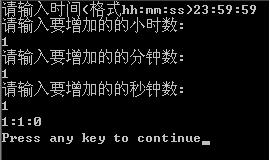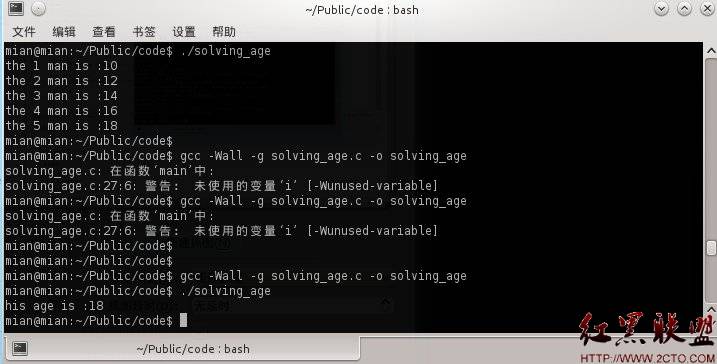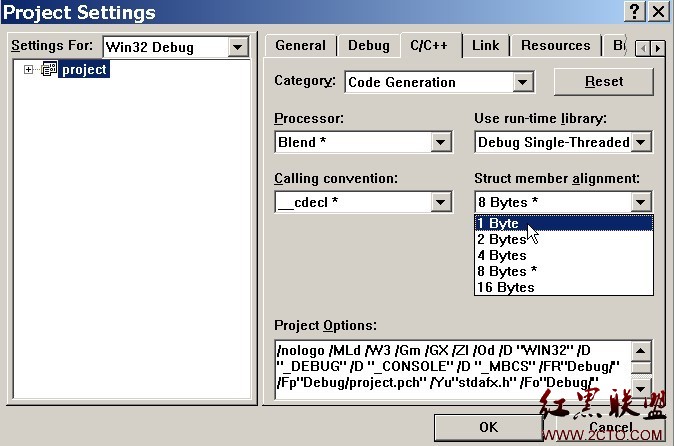用汇编的眼光看C++(之退出流程)
【 声明:版权所有,欢迎转载,请勿用于商业用途。 联系信箱:feixiaoxing @163.com】
无论是在判断还是在循环的过程中,通常在遇到合适的条件的时候就会退出相应的模块。跳出模块运行的方式很多,break,continue,return都可以。下面我们就可以分别对他们进行将介绍。
(1)continue只能用于循环,而break循环、判断都可以应用。两者有什么区别呢?
21: for(int m = 10; m < 100; m ++)
00401638 mov dword ptr [ebp-4],0Ah
0040163F jmp process+2Ah (0040164a)
00401641 mov eax,dword ptr [ebp-4]
00401644 add eax,1
00401647 mov dword ptr [ebp-4],eax
0040164A cmp dword ptr [ebp-4],64h
0040164E jge process+55h (00401675)
22: {
23: if(m / 20 == 3)
00401650 mov eax,dword ptr [ebp-4]
00401653 cdq
00401654 mov ecx,14h
00401659 idiv eax,ecx
0040165B cmp eax,3
0040165E jne process+42h (00401662)
24: {
25: break;
00401660 jmp process+55h (00401675)
26: }
27:
28: if(m / 10 == 0)
00401662 mov eax,dword ptr [ebp-4]
00401665 cdq
00401666 mov ecx,0Ah
0040166B idiv eax,ecx
0040166D test eax,eax
0040166F jne process+53h (00401673)
29: {
30: continue;
00401671 jmp process+21h (00401641)
31: }
32: }
00401673 jmp process+21h (00401641)
我们在循环模块里面可以看到了代码做了两次判断。一次判断是查看m除以20是否等于3,一次判断是查看m除以10是否可以整除。同样,前面的判断结果是break,后面的结果是continue,那么两者之间的区别是什么呢?我们可以好好看一下。在第一次条件判断的时候,我们发现如果m除以20不等于3,那么下面指令直接跳转到0x00401662,也就是第二条件的入口处。但是如果第一个条件判断成功了,那么程序就会跳转到地址0x00401675,也就是说整个循环模块已经结束了。而continue呢?我们发现不管条件判断是否为真,那么指令都会跳转到0x00401641处执行,也就是循环+1的地方。这说明continue结束的只是本次循环,整个循环的流程还没有结束,而break表示当前已经推出了整个循环模块。如果大家对书本上的概念还有些模糊的话,那么汇编指令在这里已经把细节之处解释得明明白白了。
(2)goto一般用的情况不多,但是有一种情况例外?
void process()
{
if(/* get resources one */ == 0)
{
return;
}
if(/* get resource two */ == 0)
{
/* free resource one */
return;
}
if(/* get resource three */ == 0)
{
/* free resource two */
/* free resource one */
return;
}
if(/* get resource four */ == 0)
{
/* free resource three */
/* free resource two */
/* free resource one */
return;
}
/* ... */
}
通常情况下,我们创建一个对象时,需要各种各样的资源,等到所有资源都分配齐了,我们的代码才能开始工作。但是事实上,也存在很多分配失败的可能性。如果遇到了分配失败,那么我们就要对原来的资源进行释放处理。随着资源的总数越来越多,这个代码块就会显得越来越臃肿。那么有没有什么好的办法解决这一难题呢?goto就是一种好的选择。
void process()
{
if(/* get resources one */ == 0)
{
return;
}
if(/* get resource two */ == 0)
{
goto fail_one;
}
if(/* get resource three */ == 0)
{
goto fail_two;
}
if(/* get resource four */ == 0)
{
goto fail_three;
}
/* ... */
fail_three:
/* free resource three */
fail_two:
/* free resource two */
fail_one:
/* free resource one */
return;
}
(3)return也是跳出代码段一个很好的方法。
它不光可以在函数中使用,也可以灵活运用在循环语句
补充:软件开发 , C++ ,




